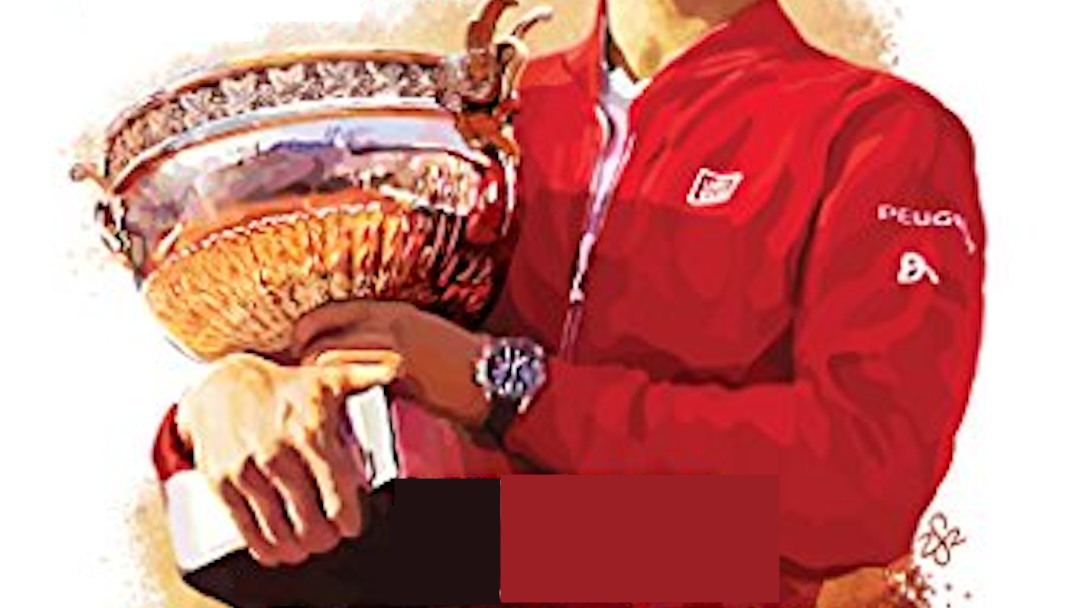Nick Bollettieri pioneered the concept of residential tennis development academies. Bringing the very best young players together created a crucible from which several big stars of the game emerged. In addition to practicing with others at the pinnacle of the sport, the academy created a competitive environment where every player had to work hard to stay at the top of the talent pool. In the process, Bollettieri advanced our modern understanding of high-performance training for tennis.
Fortunately, Bollettieri was an opportunist who never passed up a chance to monetize and promote his academy. As a result, the world has Nick Bollettieri’s Tennis Handbook which reveals many of the training techniques and philosophies developed at his facility. The first edition of his book was published in 2001 and Human Kinetics produced an updated 2nd edition in 2016. There is also a pseudo 3rd edition Kindle version that seamlessly integrates demonstration videos originally produced in conjunction with the 2nd edition.
The first few chapters roll through stroke production that is the standard fare of instructional tennis books. However, I found Nick’s treatment of these basic topics to bring a fresh perspective. He repeatedly invokes themes of keeping an open mind about proper grips and techniques. Bollettieri lays out the foundational concepts of stroke production with the ultimate objectives to determine what works best for each player.
The book’s second half provides a glimpse into the training philosophy and approaches in place at his academy when the handbook was originally published. The chapter “Practice with Purpose” should be mandatory reading for anyone seeking to maximize the value and efficiency of tennis training. His ideas linking practice to competition were somewhat revolutionary when the book’s first edition came out.
Similarly, the chapters on physical and mental conditioning are extremely good foundational summaries of topics that have inspired dedicated books in the interim. While Bollettieri exuberantly embraces some training devices that failed to inspire widespread use, other of his recommendations have become a standard part of comprehensive tennis development.
The book is full of drills that any player can use to improve and refine their own tennis performance. In addition, his book contains several worksheets and forms that are useful for players who are systematically working through their own developmental journey. This includes several worksheets to step through skills inventory self-assessments. That is useful for identifying and prioritizing individual player development needs.
I own a paper copy of the 2nd edition. That version includes a link and activation code for access to supplemental videos hosted by the publisher, Human Kinetics. While that link appears to be active, I have been unable to successfully register an account. The Kindle edition with built in access to the media seems to be the best value for new purchases.
After his recent death, it was clear to me that my current off-season training block would be heavily influenced by Nick Bollettieri’s Tennis Handbook. It seemed like an appropriate tribute to honor the man one last time. As I reviewed the material in preparation for this essay, I was pleasantly surprised to discover that the book was even better than I remembered. It is still current and relevant all these years later.
 | Nick Bollettieri’s Tennis Handbook |




I searched Bolletteri handbook and there is a free copy online you can read, save or print.